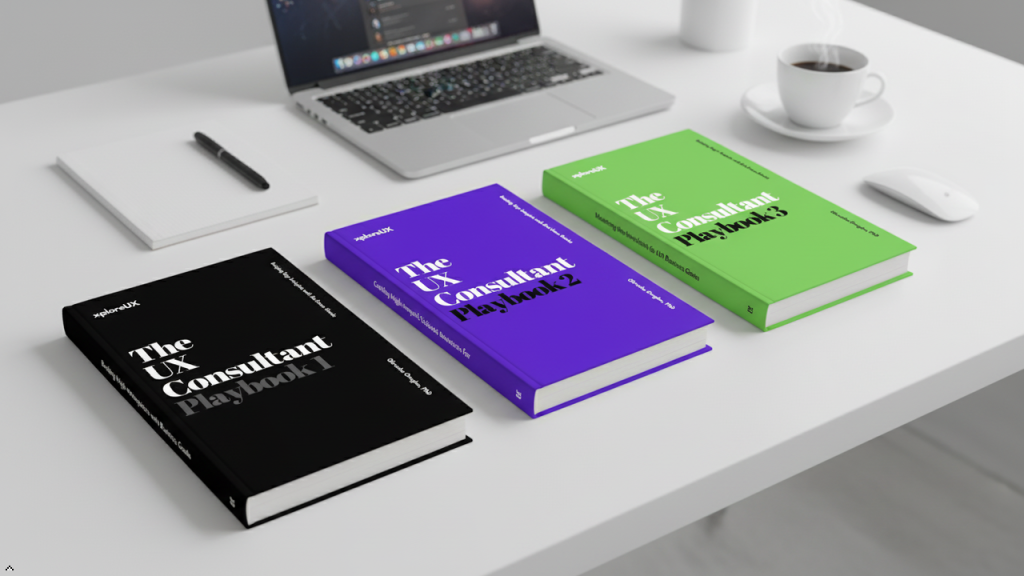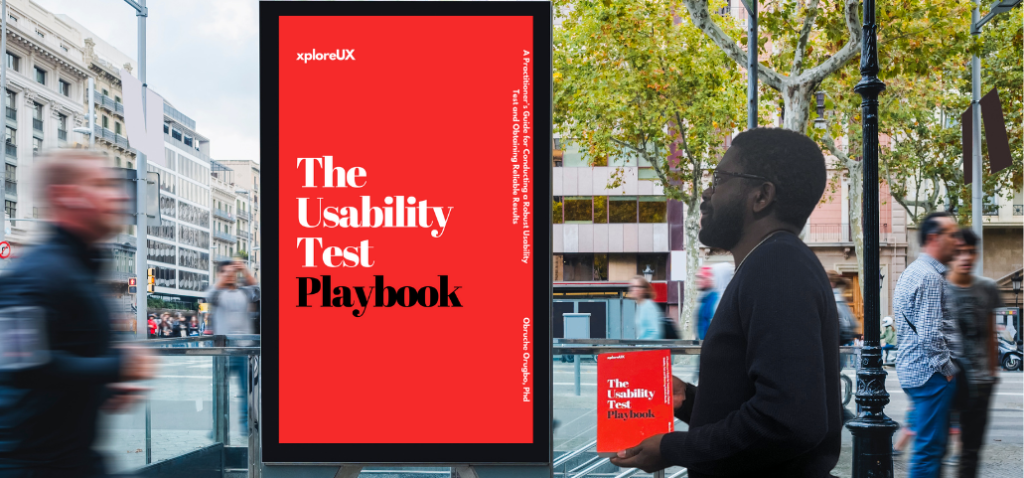
How UX Transforms Data into Delightful Experiences. The digital world overflows with data, the raw material for exceptional products. But just like a sculptor doesn’t simply chip away at a block of marble, transforming data into successful products requires a more nuanced approach. This is where UX comes in, wielding the tools of user-centered design to bridge the gap between raw information and truly delightful experiences.
Our journey begins with the analysis of this data, where we unlock its secrets and transform it into actionable insights. But UX goes beyond mere numbers. It takes this business knowledge and injects it with an understanding of user needs, desires, and frustrations. This human-centered approach ensures that products not only meet functional needs but resonate on an emotional level, creating a sense of satisfaction and delight that keeps users coming back for more.
As we delve deeper, we’ll see how UX professionals utilize research and testing to craft intuitive interfaces, personalize interactions, and anticipate user behavior. We’ll uncover the power of storytelling in data visualization, transforming dry statistics into compelling narratives that users can connect with.
Prepare to be surprised as we unveil the magic behind UX – the art of transforming complex analytics into engaging experiences that leave a lasting impression.
Data is the foundation upon which modern businesses build their strategies and innovations. In its raw form, data is merely a collection of facts and figures, waiting to be deciphered. It’s akin to a raw gem—valuable yet unrefined. Companies collect vast amounts of data from various sources, including customer interactions, market trends, and internal processes. However, without the right tools and expertise, this data remains a tangled web of numbers and statistics.
The Role of UX in Data Collection: Effective UX design ensures that data collection is seamless and integrated into user interactions. Consider a mobile app that asks for user feedback. A well-designed UX approach ensures that feedback collection is unobtrusive and intuitive, encouraging more users to participate and providing richer data for analysis. By creating data collection points that align with natural user behaviors, UX facilitates the gathering of more accurate and comprehensive data.
Once data is collected, the next step is to convert it into information. Information is data that has been processed and contextualized to provide meaning. This transformation is crucial because raw data alone cannot drive decisions or strategies. For instance, a dataset showing website visits is merely numbers until it’s analyzed to reveal patterns such as peak visiting times or user demographics.
UX and Data Visualization: UX design excels at transforming data into easily digestible information through effective data visualization. Infographics, dashboards, and interactive reports are tools that help users make sense of complex data. Good UX ensures these visualizations are intuitive, engaging, and informative. For example, a well-designed sales dashboard provides a clear snapshot of key performance indicators (KPIs), allowing users to quickly grasp trends and make informed decisions. The use of colors, charts, and graphs in a way that aligns with cognitive psychology principles enhances the user’s ability to interpret and act on information.
Information becomes truly powerful when it is converted into business knowledge. Business knowledge is actionable insights derived from information that can drive strategic decisions and innovations. This phase is about interpreting the information to uncover opportunities, predict trends, and identify potential challenges.
UX’s Contribution to Insight Development: UX design plays a critical role in making information actionable. Tools such as user personas, customer journey maps, and usability testing provide deep insights into user behaviors and preferences. By understanding how users interact with a product, companies can identify pain points, unmet needs, and areas for improvement. This knowledge helps in refining product features, enhancing user satisfaction, and ultimately driving business success. For instance, heatmaps can show which parts of a webpage users interact with most frequently, guiding designers on where to place important information or calls to action.
The ultimate goal of the journey from data to knowledge is to create products that delight users. Delightful products are those that not only fulfill a need but also provide a superior user experience, leaving users pleasantly surprised and highly satisfied. This is where UX design truly shines, bridging the gap between technical functionality and user expectations.
Designing for Delight: UX design focuses on creating engaging and intuitive user interfaces that make interactions enjoyable and satisfying. It involves understanding user psychology, behavior patterns, and emotional triggers. For example, incorporating micro-interactions—subtle animations or feedback elements—can enhance user satisfaction by making the experience feel more responsive and alive. Similarly, personalization features that adapt to individual user preferences can create a sense of connection and relevance.
Case Study: The Success of Airbnb: Airbnb is a prime example of how UX design can transform a business model into a delightful user experience. By focusing on user needs, Airbnb has created an intuitive platform that simplifies the process of finding and booking unique accommodations.
Features such as detailed property descriptions, high-quality photos, and user reviews provide comprehensive information that builds trust and confidence. The seamless booking process, combined with personalized recommendations, ensures that users feel valued and understood. This attention to UX has been a key factor in Airbnb’s success, turning a simple idea into a global phenomenon.
Delightful products are not static; they evolve based on user feedback and changing expectations. Continuous improvement is a cornerstone of UX design, ensuring that products remain relevant and engaging over time. By regularly collecting and analyzing user feedback, companies can stay ahead of the curve and adapt to new trends and preferences.
The Role of UX in Feedback Loops: UX design integrates feedback loops into the product lifecycle, allowing for constant refinement and enhancement. Usability testing, surveys, and analytics provide valuable insights into how users interact with the product and what improvements can be made.
For instance, a mobile app may release a new feature based on user feedback, then monitor how it’s received and iterate based on user responses. This iterative approach fosters a user-centric culture where feedback drives development, ensuring that the product continually meets user needs and expectations.
The integration of data and UX design is not just beneficial but essential for informed decision-making in product development. By combining quantitative data with qualitative insights from UX research, companies can make balanced and user-focused decisions.
Data-Driven UX: Data-driven UX involves leveraging data analytics to inform UX design decisions. For example, A/B testing can provide data on how different design elements impact user behavior, allowing designers to choose the most effective option. Similarly, user engagement metrics can indicate which features are most popular, guiding further development. This synergy between data and UX ensures that decisions are not based on assumptions but on concrete evidence, leading to more effective and user-centric products.
Empowering Teams with Knowledge: Empowering teams with data and UX insights fosters a collaborative environment where everyone is aligned towards the same goal: creating delightful products. When marketing, design, and development teams have access to the same insights, they can work together more effectively, ensuring that the product meets both business objectives and user needs. This alignment drives innovation and efficiency, ultimately leading to a more cohesive and successful product.
As technology advances, the integration of UX and data is set to become even more sophisticated. Emerging trends such as artificial intelligence (AI), machine learning, and big data are revolutionizing how data is collected, analyzed, and applied in UX design.
AI-Powered Personalization: AI can analyze vast amounts of data to deliver highly personalized user experiences. For example, AI algorithms can recommend products based on past behavior, predict user preferences, and adapt interfaces in real-time to individual needs. This level of personalization enhances user satisfaction and engagement, creating more delightful and relevant experiences.
Predictive Analytics in UX: Predictive analytics can provide foresight into user behavior, allowing companies to anticipate needs and trends. By analyzing historical data, predictive models can identify patterns and predict future actions, helping designers create proactive and responsive experiences. For instance, predictive analytics can forecast when users are likely to abandon a shopping cart, enabling designers to implement interventions that encourage completion.
The Rise of Voice and Gesture Interfaces: The future of UX design will also see the rise of voice and gesture-based interfaces, which offer more natural and intuitive ways for users to interact with technology. These interfaces rely on data to understand and respond to user commands, creating a seamless and engaging experience. For example, voice assistants like Amazon Alexa and Google Assistant use natural language processing and data analysis to understand user queries and provide relevant responses.
In the journey from data to delightful products, UX design is the essential bridge that connects raw data to user satisfaction. By transforming data into meaningful information, actionable business knowledge, and ultimately into engaging and intuitive products, UX design plays a crucial role in creating experiences that delight users.
This transformation is a continuous process that relies on user feedback, data analytics, and a deep understanding of user needs and behaviors. As technology continues to evolve, the integration of UX and data will become even more critical, driving innovation and ensuring that products not only meet but exceed user expectations.
Embracing this synergy will empower businesses to create products that truly resonate with users, turning data into delightful experiences that inspire and engage.




